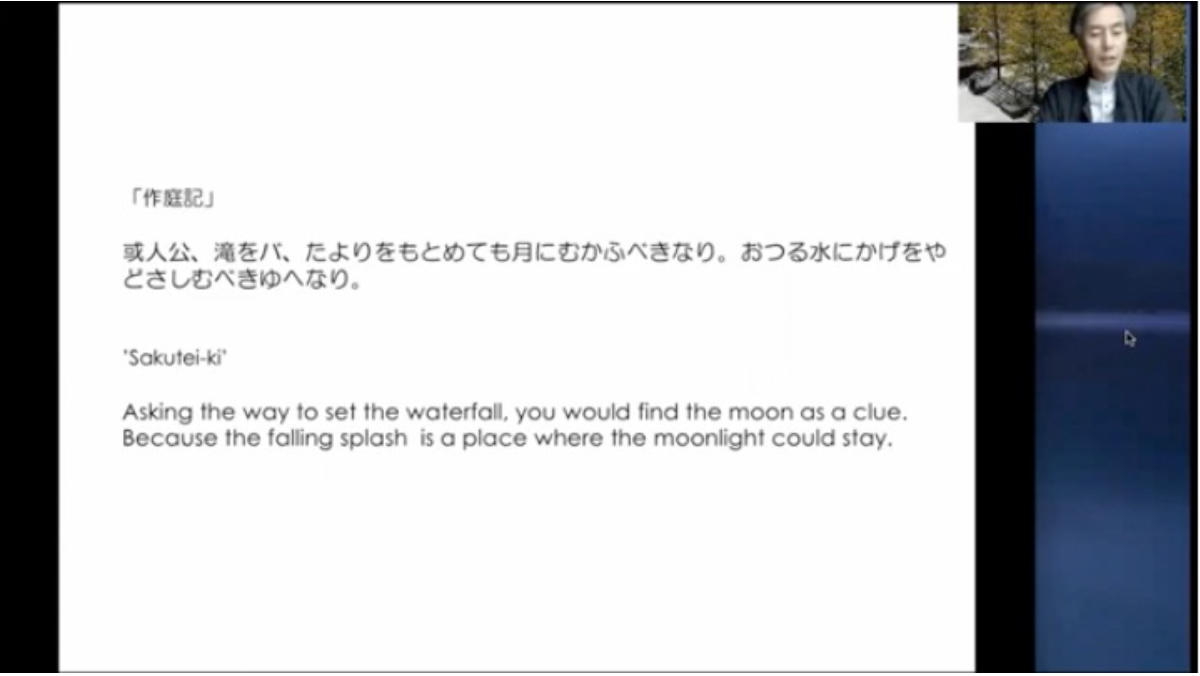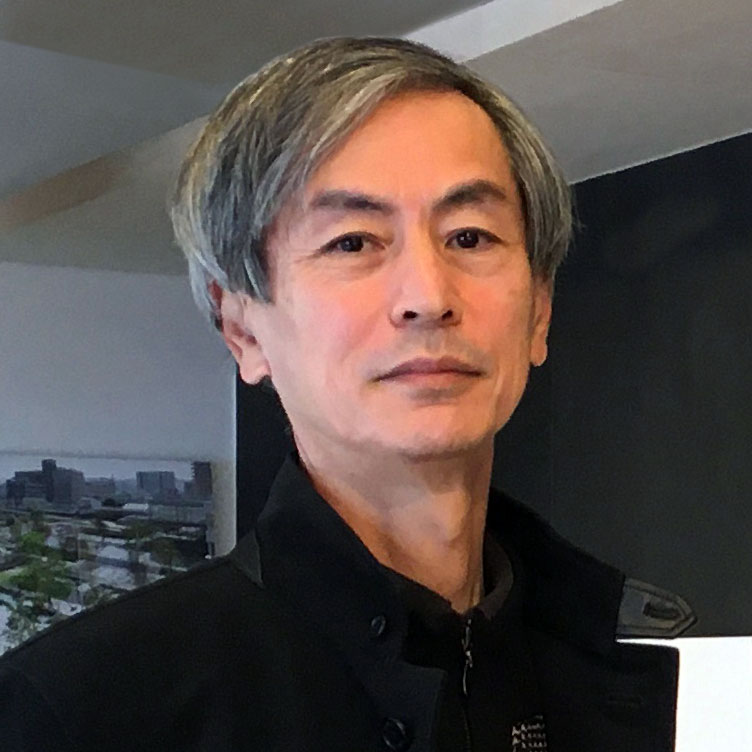
The appearance of Zen-Buddhism garden under the moonlight
Since ancient times, the Japanese have nurtured a culture of appreciating the moon, and drawn inspiration from it for all kinds of art. It is also reflected in the design of Japanese gardens. For example, it is said that Zen-Buddhism white gravel garden was intended to be enjoyed under the moonlight. To what extent does the reflection of moonlight on white gravel influence the interior? We heard from Mr. Mitani in detail, who simulated “the appearance of Zen-Buddhism garden under the moonlight” using a simulation software featuring a ray tracing function.
The subject gardens for the simulation are typical Zen-Buddhism gardens, such as the rock garden of Ryoan-ji Temple, the south garden of Daisen-in of Daitoku-ji Temple, and the garden of Shoden-ji Temple, all of which were created during the Muromachi period, as well as Shisen-do, which was built in the Edo period, and Jisho-ji Temple known for its Ginkaku (Silver Pavilion) .


What is the actual effect of the moonlight reflection? Firstly, from a simulation of the garden “without” white gravel, it was found that the garden itself was moderately lit by moonlight, and the verandas and the soffit of eaves were also slightly bright. Then a simulation “with” white gravel showed that the garden covered with white gravel became 15 times brighter, and at the same time verandas and the adjacent rooms in the back were almost twice as bright. Mr. Mitani says that this could be considerably bright at that time when there were no lighting fixtures at all.

Next, the moonlight transition was simulated in the five gardens. When examining the view of the garden from the interior on the near full moon day around the winter solstice, the white gravel was shining at Ryoan-ji Temple, Daisen-in, and Shoden-ji Temple, but not much change was found in the interior of the room. On the other hand, Mr. Mitani explained that there was some change in overall brightness including the interior in Shisen-do and Jisho-ji Temple. From the shape of the line chart showing the change in brightness, the former is named trapezoid type and the latter is mountain-shaped type. According to him, the white gravel in trapezoid type Daisen-in quickly becomes bright from an early time and keeps its brightness, with a rather monotonous way of shining. On the other hand, the brightness of white gravel in mountain-shaped type Shisen-do gradually increases and slowly decreases towards dawn.

Compared to winter, the gardens were remarkably darker in summer when the altitude of the moon was lower; however, the white gravel still reflects the moonlight to a certain degree. Mr. Mitani explains that when seen from the data, the difference between the gardens built in the Muromachi period and those in the Edo period is evident. The brightness of the white gravel in the gardens of the Muromachi period decreased by approximately 70% in summer compared to winter, but the rate of decrease was kept at approximately 50% in the gardens of the Edo period. Furthermore, when looking at the landscape simulations of Ryoan-ji Temple and Daisen-in of the Muromachi period, the bright area from the reflection of moonlight was the veranda, not the white gravel. On the other hand, in Shisen-do and Jisho-ji Temple, not only the veranda but also the white gravel were bright, reflecting moonlight in summer.

In other words, the gardens were designed for the white gravel to take center stage to shine even in the season of low moon altitude. Mr. Mitani concluded the seminar by saying that the Zen-Buddhism temples were built to appreciate the atmosphere of white gravel’s reflecting moonlight, not just the moon itself.
Profile

Toru Mitani
Landscape Architect
